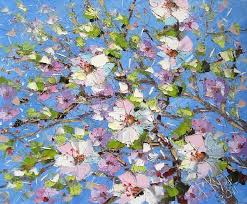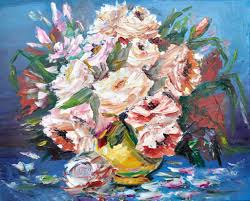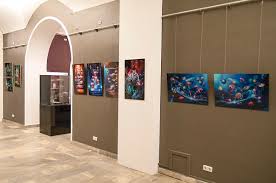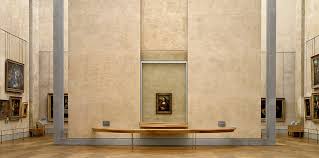nastya
EXCURSION TO THE WORLD OF BATIKA
 Batik – batik is an Indonesian word. Translated from Indonesian, the word “va” means cotton fabric, and “-tik” means “dot” or “drop”. Ambatik – draw, drop, hatch. The batik technique is based on the fact that paraffin, rubber glue, as well as some other resins and varnishes, when applied to the fabric, do not let the paint through them – or, as the artists say, “reserve” certain areas of the fabric from painting.
Batik – batik is an Indonesian word. Translated from Indonesian, the word “va” means cotton fabric, and “-tik” means “dot” or “drop”. Ambatik – draw, drop, hatch. The batik technique is based on the fact that paraffin, rubber glue, as well as some other resins and varnishes, when applied to the fabric, do not let the paint through them – or, as the artists say, “reserve” certain areas of the fabric from painting.
There are several types of batik – hot, cold, free painting. They differ in the way they reserve fabric. Wax is used as a reserve in hot batik. Wax is applied using a special tool called chanting. Waxed areas do not absorb paint and also limit its spread. Hot batik is called hot because wax is used in a “hot” molten form. This method is mainly used for applying a color image to a cotton fabric. Continue reading
EXCURSION TO THE WORLD OF PAINTING (part 2)
 By depicting reality on a two-dimensional plane, painting creates the illusion of three-dimensionality and volume: people and objects appear to be at different distances from the viewer — some closer, others farther, and nature depicts a current that sky seems to stretch to the horizon. For example, in a relatively small picture by I. Levitan “Vladimirka” the road is perceived as infinity.
By depicting reality on a two-dimensional plane, painting creates the illusion of three-dimensionality and volume: people and objects appear to be at different distances from the viewer — some closer, others farther, and nature depicts a current that sky seems to stretch to the horizon. For example, in a relatively small picture by I. Levitan “Vladimirka” the road is perceived as infinity.
The impression of depth is achieved using the law of perspective. A linear perspective makes it possible to build the apparent outlines of objects, and an aerial perspective – a change in color and shape. Thanks to chiaroscuro, an illusion of volume, bulge is created. Chiaroscuro is formed by a subtle and accurate combination of the illuminated and unlit side of the objects depicted in the picture. Continue reading
EXCURSION TO THE WORLD OF PAINTING (part 1)
 Painting, according to the apt remark of the artist K. Yuon, is “a living letter or a letter about the living”. At first glance, this may seem paradoxical: after all, living writing and writing about living things are not the same thing. But in this case, the paradox of this statement is only apparent. With the words “letter about the living,” the artist reveals the subject of painting, and “living writing” – its means. In painting, the shape of the object is conveyed, its color, the light illuminating it, the texture of the material, the space in which the depicted object is located. Therefore, painting uses such specific graphic means as a line, color, chiaroscuro, aerial and linear perspective, etc. These graphic means make it possible to create an illusion of three-dimensionality on a plane, to correctly convey the feeling of volumetric objects in the world around us, to preserve and multiply the multi-color nature and so on. Continue reading
Painting, according to the apt remark of the artist K. Yuon, is “a living letter or a letter about the living”. At first glance, this may seem paradoxical: after all, living writing and writing about living things are not the same thing. But in this case, the paradox of this statement is only apparent. With the words “letter about the living,” the artist reveals the subject of painting, and “living writing” – its means. In painting, the shape of the object is conveyed, its color, the light illuminating it, the texture of the material, the space in which the depicted object is located. Therefore, painting uses such specific graphic means as a line, color, chiaroscuro, aerial and linear perspective, etc. These graphic means make it possible to create an illusion of three-dimensionality on a plane, to correctly convey the feeling of volumetric objects in the world around us, to preserve and multiply the multi-color nature and so on. Continue reading




